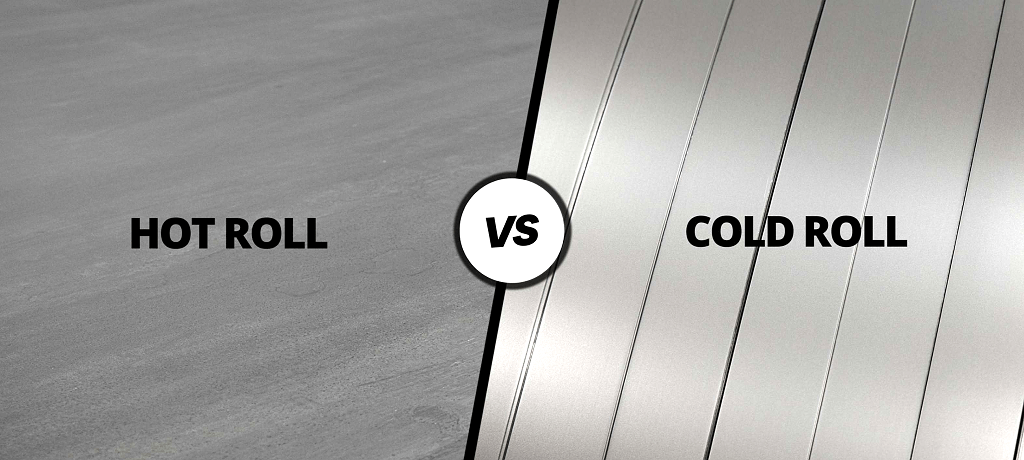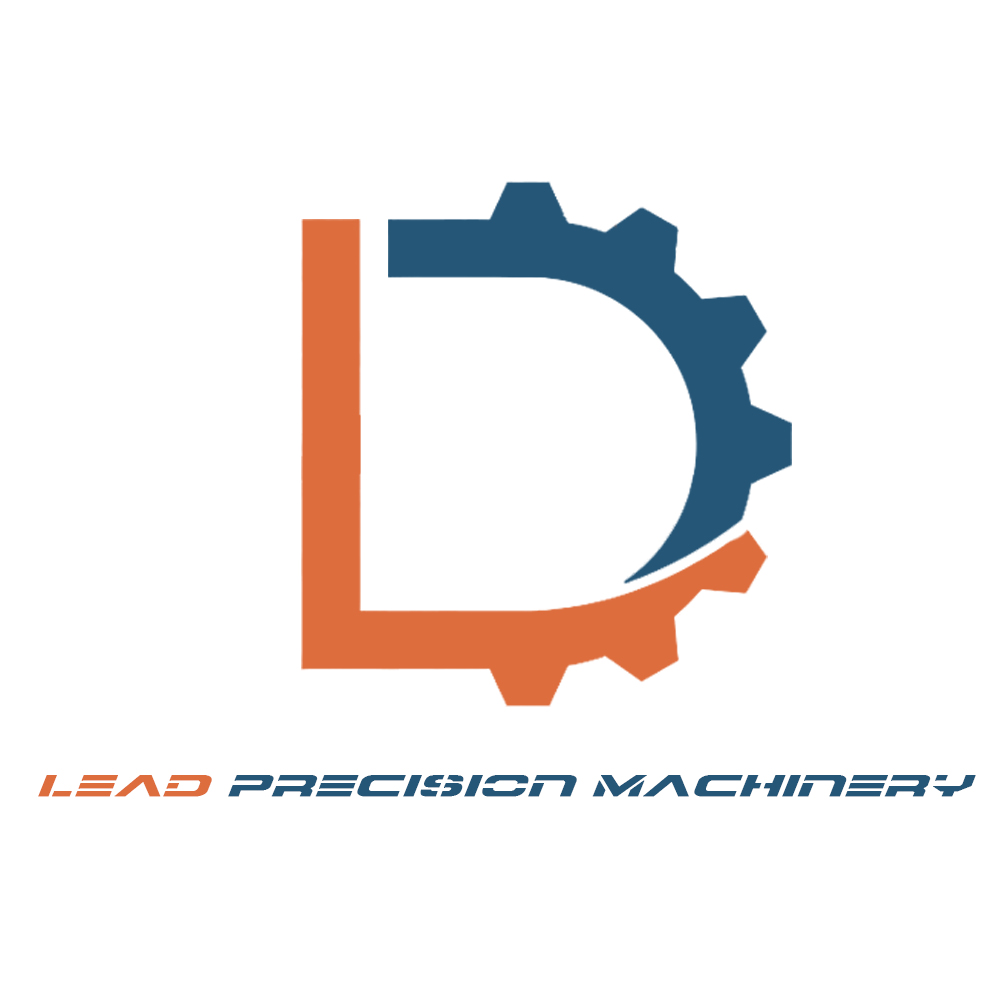Cold vs Hot Rolled Steel
Choosing between cold rolled steel and hot rolled steel depends on the specific requirements of your project. This article provides a detailed comparison of these two types of steel, highlighting their properties, advantages, and applications.

Table Compare Cold vs Hot Rolled Steel
| Property | Cold Rolled Steel | Hot Rolled Steel |
|---|---|---|
| Production Process | Rolled at room temperature | Rolled at high temperatures (above recrystallization temperature) |
| Surface Finish | Smooth, superior surface finish | Rough, scaly surface |
| Dimensional Accuracy | High dimensional accuracy | Less precise, more variability |
| Strength | Higher strength due to work hardening | Lower strength compared to cold rolled steel |
| Hardness | Higher hardness | Lower hardness |
| Ductility | Lower ductility | Higher ductility |
| Cost | More expensive due to additional processing | More affordable |
| Applications | Precision parts, furniture, appliances, automotive components | Structural components, railroad tracks, construction projects |
What is Cold Rolled Steel?
Cold rolled steel is processed further in cold reduction mills, where the material is cooled (at room temperature) followed by annealing and/or tempers rolling. This process produces steel with closer dimensional tolerances and a wider range of surface finishes.
What is Hot Rolled Steel?
Hot rolled steel is steel that has been roll-pressed at very high temperatures (over 1700°F or 926°C), which is above the steel’s recrystallization temperature. This makes the steel easier to form, and results in products that are easier to work with.
How to Use Cold Rolled Steel
Applications
- Precision Parts:
- Used in applications requiring high precision and surface finish.
- Furniture:
- Common in the production of modern and industrial-style furniture.
- Appliances:
- Utilized in manufacturing parts for household appliances.
- Automotive Components:
- Preferred for parts requiring tight tolerances and high strength.
Working with Cold Rolled Steel
- Cutting and Machining:
- Requires more powerful tools due to higher strength and hardness.
- Welding:
- Can be welded, but requires careful control of heat to avoid warping.
- Forming:
- Less ductile, so more challenging to form into complex shapes.
How to Use Hot Rolled Steel
Applications
- Structural Components:
- Ideal for construction beams, columns, and other structural elements.
- Railroad Tracks:
- Used extensively in the railway industry.
- Construction Projects:
- Suitable for general construction purposes where precise dimensions are not critical.
Working with Hot Rolled Steel
- Cutting and Machining:
- Easier to cut and machine compared to cold rolled steel.
- Welding:
- Welds easily, making it suitable for large structural components.
- Forming:
- Highly ductile, allowing for easy forming into a variety of shapes.
Detail Differences Compare Cold vs Hot Rolled Steel
Production Process:
- Cold Rolled Steel: Rolled at room temperature, resulting in a smooth finish and tighter tolerances.
- Hot Rolled Steel: Rolled at high temperatures, resulting in a rough finish and less precise dimensions.
Surface Finish:
- Cold Rolled Steel: Has a smooth, superior surface finish suitable for visible applications.
- Hot Rolled Steel: Has a rough, scaly surface that may require additional finishing for aesthetic purposes.
Dimensional Accuracy:
- Cold Rolled Steel: Offers high dimensional accuracy and uniformity.
- Hot Rolled Steel: Less precise, with more variability in dimensions.
Strength and Hardness:
- Cold Rolled Steel: Higher strength and hardness due to the work hardening process.
- Hot Rolled Steel: Lower strength and hardness but more ductile.
Cost:
- Cold Rolled Steel: More expensive due to additional processing steps.
- Hot Rolled Steel: More affordable, suitable for large-scale and less precise applications.
Both cold rolled steel and hot rolled steel have unique properties that make them suitable for different applications. Cold rolled steel is ideal for precision parts, appliances, and automotive components due to its superior surface finish and dimensional accuracy. Hot rolled steel, on the other hand, is perfect for structural components, railroad tracks, and general construction projects where higher ductility and lower cost are more important than surface finish and precision.
Understanding the differences between cold rolled and hot rolled steel will help you select the right material for your specific needs, ensuring the success and efficiency of your project.
FAQs about Cold Rolled Steel vs. Hot Rolled Steel
What is the main difference between cold rolled and hot rolled steel?
The main difference lies in the processing temperature. Cold rolled steel is processed at room temperature, resulting in a smoother finish and tighter tolerances. Hot rolled steel is processed at high temperatures, making it more malleable but with a rougher surface.
Which type of steel is stronger?
Cold rolled steel is generally stronger than hot rolled steel due to the work hardening process it undergoes during cold rolling.
Why is cold rolled steel more expensive?
Cold rolled steel is more expensive because of the additional processing steps required, which include rolling at room temperature, annealing, and temper rolling to achieve precise dimensions and a high-quality surface finish.
Can both cold rolled and hot rolled steel be welded?
Yes, both cold rolled and hot rolled steel can be welded. However, cold rolled steel requires more careful heat control to avoid warping due to its higher strength and hardness.
What are the common applications of cold rolled steel?
Cold rolled steel is commonly used in applications requiring precision and superior surface finish, such as:
- Precision parts
- Furniture
- Household appliances
- Automotive components
What are the common applications of hot rolled steel?
Hot rolled steel is often used in applications where precise shapes and tolerances are not critical, such as:
- Structural components
- Railroad tracks
- General construction projects
Which type of steel is easier to form?
Hot rolled steel is easier to form due to its higher ductility. It is processed at high temperatures, making it more malleable and easier to shape into various forms.
Does cold rolled steel have a better surface finish than hot rolled steel?
Yes, cold rolled steel has a much smoother and superior surface finish compared to hot rolled steel, which has a rough and scaly surface.
Is there a significant difference in dimensional accuracy between the two types of steel?
Yes, cold rolled steel offers higher dimensional accuracy and uniformity than hot rolled steel, making it suitable for applications where precise measurements are crucial.
Can hot rolled steel be used for visible applications?
Hot rolled steel can be used for visible applications, but it typically requires additional finishing (e.g., sanding, polishing) to improve its rough surface. Cold rolled steel is preferred for visible applications due to its naturally smooth finish.
How does the processing temperature affect the properties of the steel?
Processing temperature significantly affects the steel’s properties. Cold rolling increases the strength and hardness of the steel through work hardening, resulting in a smoother surface and tighter tolerances. Hot rolling allows the steel to be more ductile and easier to work with, but it has a rougher surface and less precise dimensions.
Is cold rolled steel more prone to corrosion than hot rolled steel?
Cold rolled steel can be more prone to corrosion if not properly protected, as the smooth surface finish can hold moisture. Both types of steel require protective coatings or treatments for corrosion resistance, depending on the application and environment.
Which type of steel is better for large structural projects?
Hot rolled steel is generally better for large structural projects due to its lower cost, higher ductility, and ease of welding. It is suitable for applications where precise dimensions and a smooth surface are not critical.
Understanding these key differences and their implications can help you choose the right type of steel for your specific needs, ensuring that your projects are both efficient and effective.

